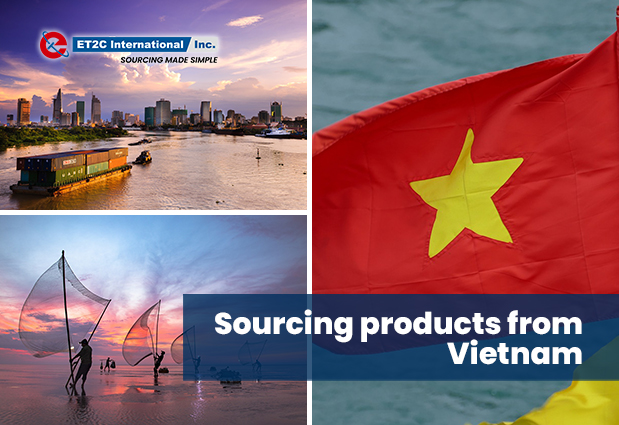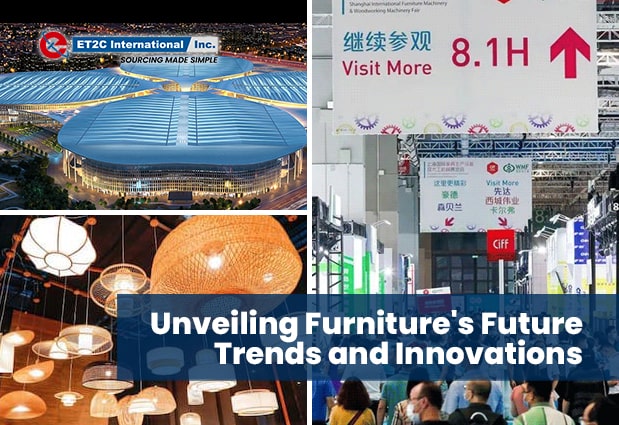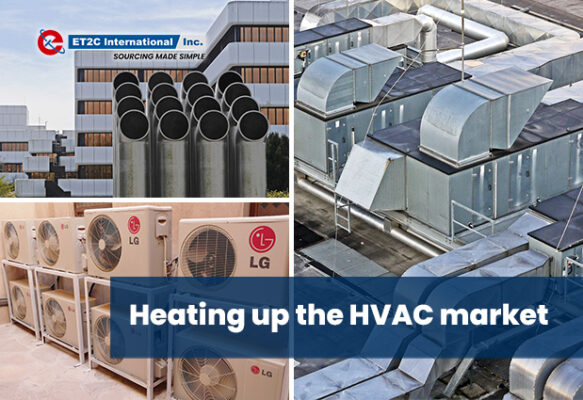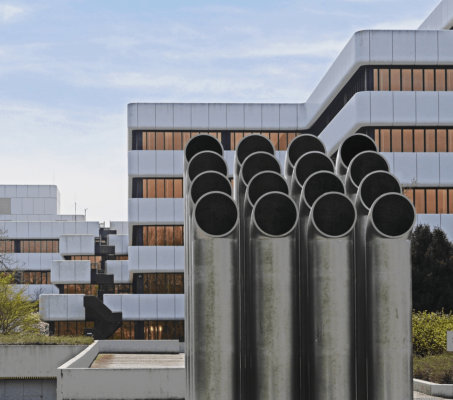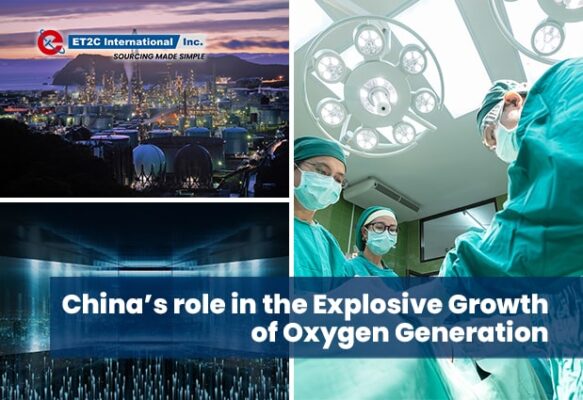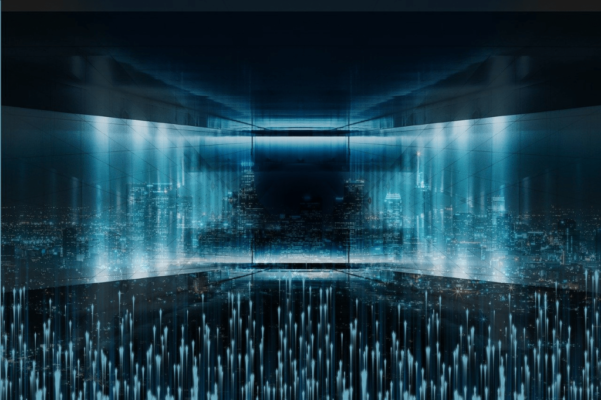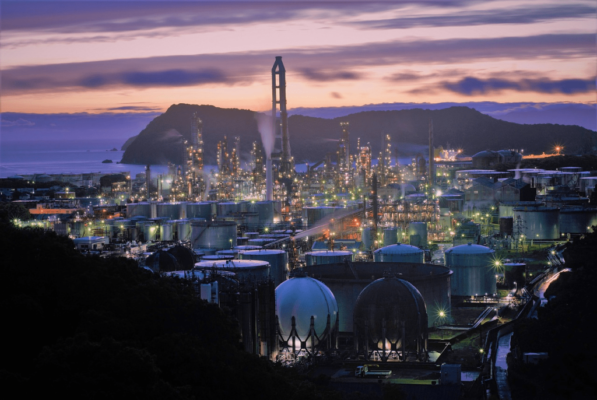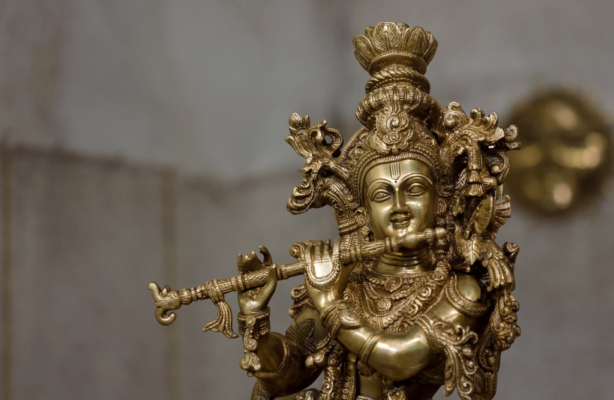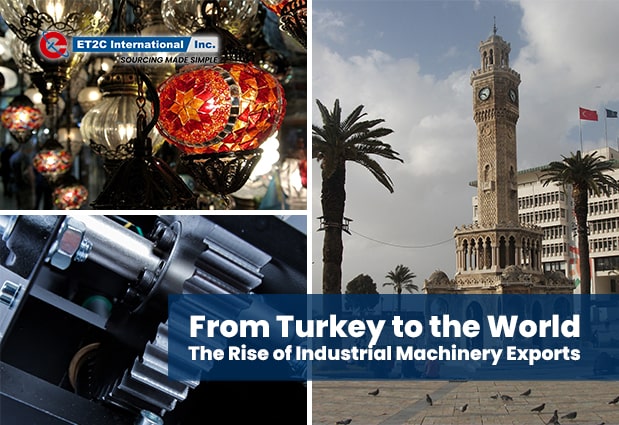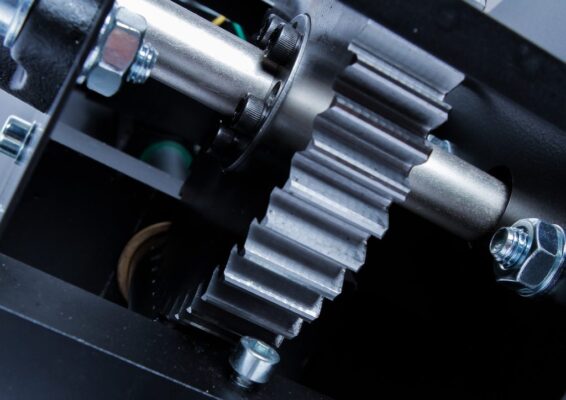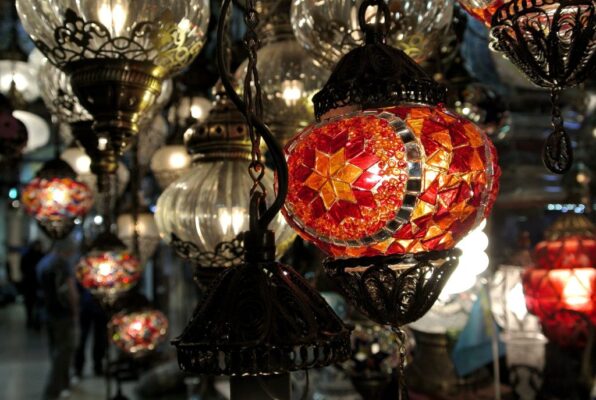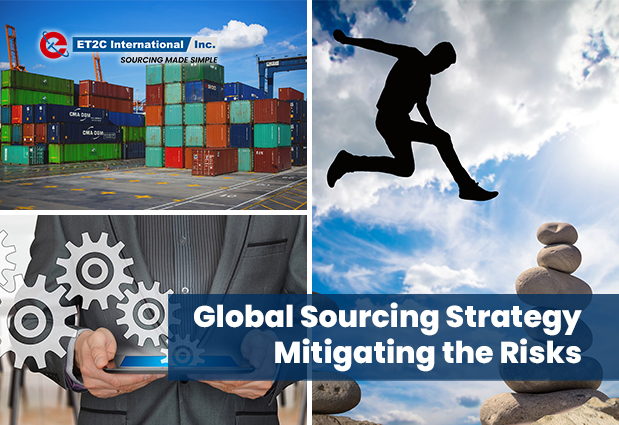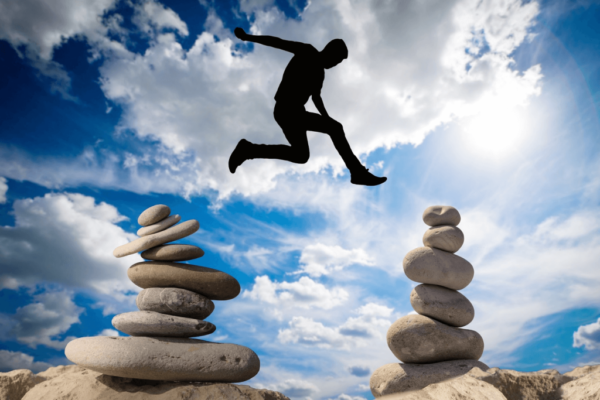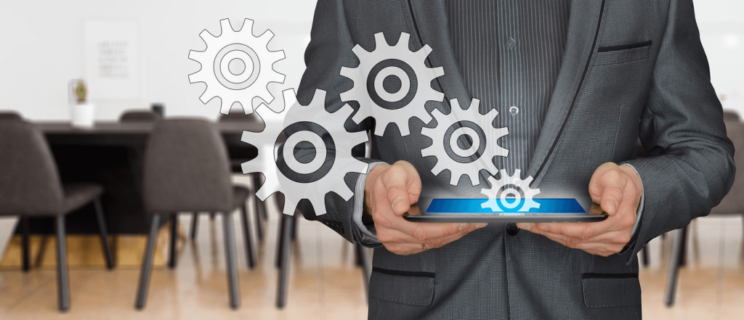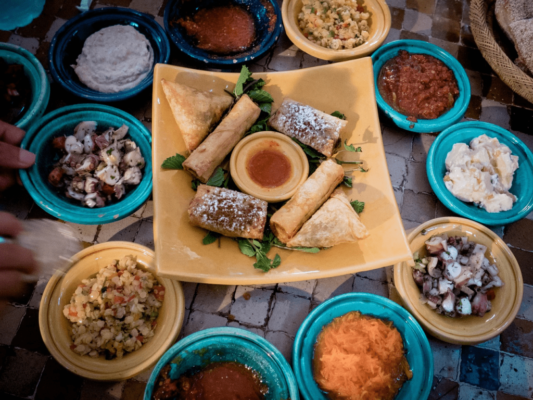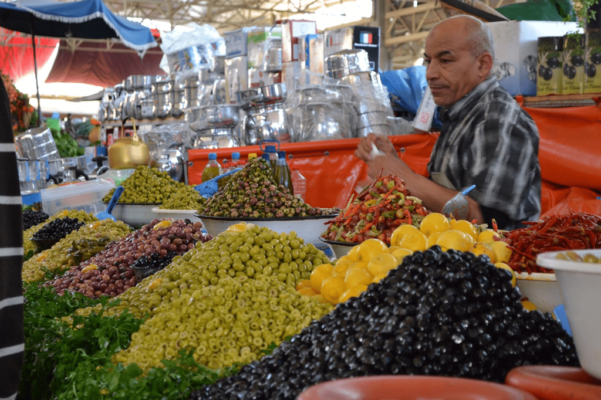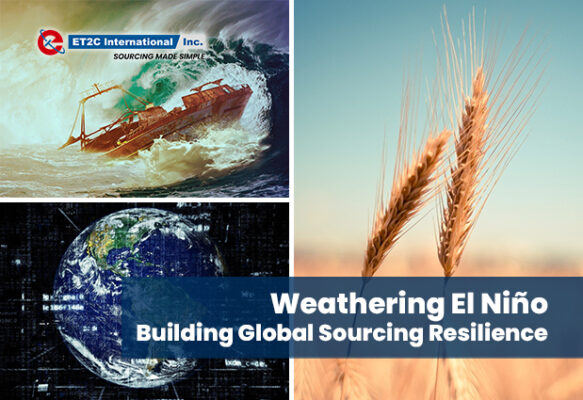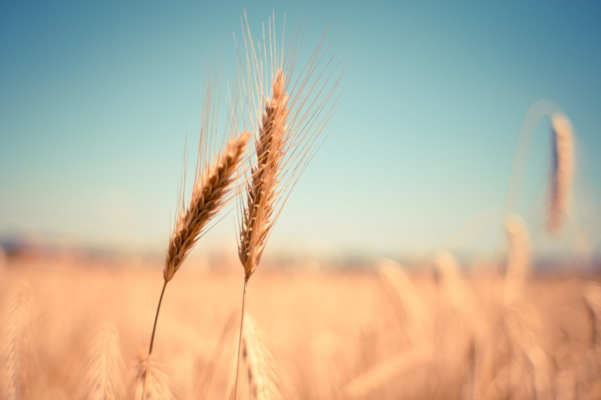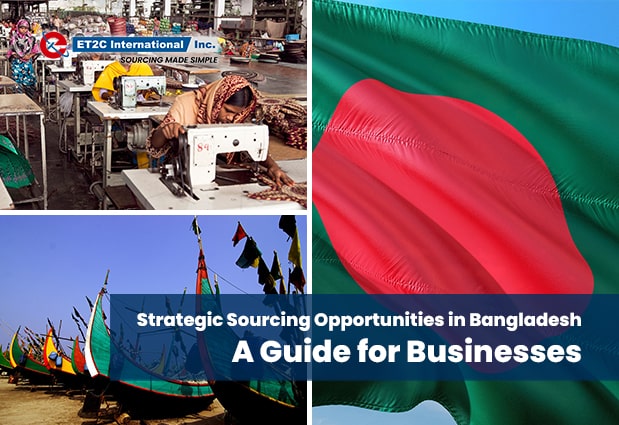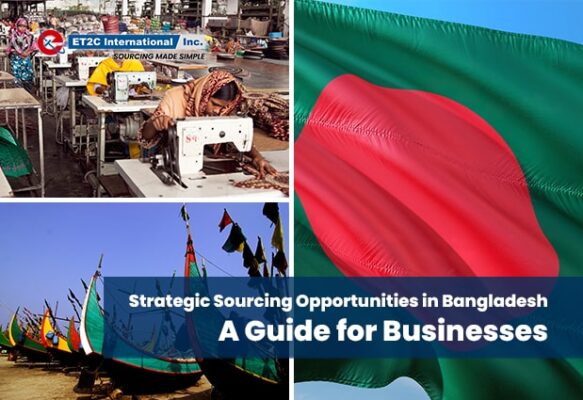Sourcing Products from Vietnam – Starting to build you Strategic Sourcing program
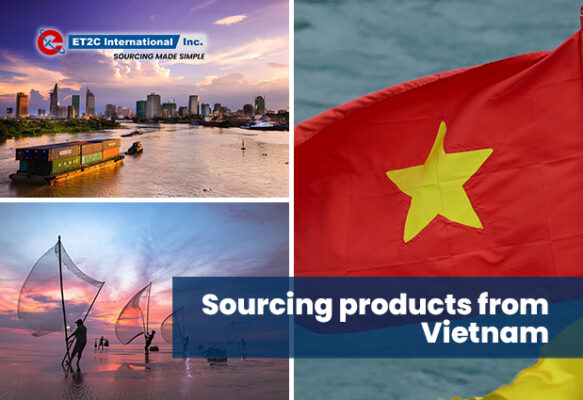

Sourcing products from Vietnam can be a cost-effective and strategic decision for your business. In these times of inflationary pressures and softening demand margin defence is a top priority for companies both big and small.
The decision to start global sourcing from new markets such as Vietnam, China, Indonesia or India can massively increase your margin and market competitiveness, however it does come with some degree of risk and complexity.
ET2C International Sourcing Experts for twenty years
ET2C International has for over twenty years played a crucial role connecting global brands and companies with Vietnamese suppliers. Our expertise in global sourcing can make sure you get all the benefits of sourcing from Vietnam without any of the risks.
Our 250 colleagues are based in offices in seven key Asian sourcing markets including Ho Chi Minh City to make your global sourcing simpler. Where language, time zone or business communication practices can makes things difficult, out team will be your bridge to your suppliers.
At ET2C our history of delivering the benefits of global sourcing to our clients enables businesses to tap into Vietnams fast growing export manufacturing markets. Quickly and easily with factory partners who can deliver your product requirements and importantly your quality and compliance requirements.

Step-by-step guide to help you get started with sourcing products from Vietnam:
- Market Research and Product Selection:
- Start by researching the market and identifying the specific products you want to source from Vietnam. Consider factors like demand, competition, and potential profit margins.
- Understand Import Regulations and Compliance:
- Familiarize yourself with the import regulations and compliance requirements in your country. Depending on the product type, there may be specific rules and standards that you need to adhere to.
- Legal and Regulatory Requirements:
- Register your business and comply with any legal and regulatory requirements for international trade. This might include obtaining an import/export license or permits.
- Identify Reliable Suppliers:
- Look for reputable suppliers in Vietnam. You can start your search online, through trade directories, or by attending trade shows and exhibitions. You can also consider hiring a sourcing agent or working with a local partner.
- Verify Suppliers:
- It’s crucial to vet potential suppliers carefully. Check their credentials, visit their facilities if possible, and request references from other businesses that have worked with them. Look for suppliers with a track record of delivering quality products.
- Negotiate Terms:
- Negotiate terms with your chosen suppliers. This includes discussing pricing, payment terms, lead times, minimum order quantities, and quality control procedures.
- Quality Assurance and Product Samples:
- Request product samples to ensure they meet your quality standards. It’s also a good opportunity to check if they meet any regulatory requirements in your country.
- Finalize Agreements:
- Once you are satisfied with the samples and terms, finalize agreements with your suppliers. This includes signing contracts and establishing clear communication channels.
- Arrange Logistics and Shipping:
- Decide on the logistics and shipping method. You can work with freight forwarders or shipping companies to handle the transportation of your goods. Consider the most cost-effective and efficient shipping methods.
- Import Duties and Taxes:
- Be aware of the import duties, taxes, and customs clearance procedures in your country. Ensure that you have a clear understanding of the costs associated with importing from Vietnam.
- Quality Control:
- Establish a robust quality control process. You may want to hire a third-party inspection agency to ensure the products meet your quality standards before shipping.
- Payment:
- Set up payment arrangements with your suppliers. Be cautious with the payment terms to protect your interests.
- Shipping and Receiving:
- Monitor the shipment of your products from Vietnam to your location. Ensure that you have all the necessary documentation, such as bills of lading and customs forms, for smooth clearance.
- Build Relationships:
- Cultivate strong relationships with your suppliers. Effective communication and a good working relationship can lead to more successful and long-lasting partnerships.
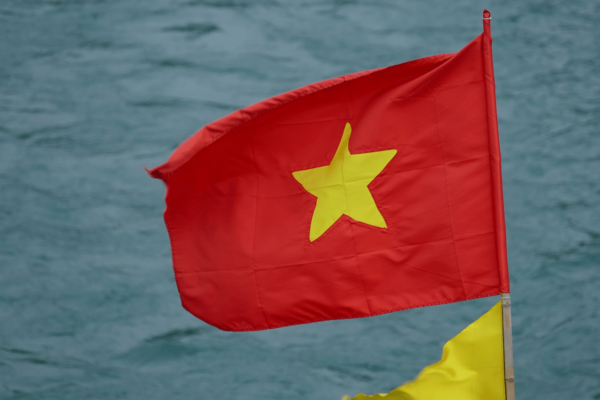
Summary-Getting started Sourcing from Vietnam
Sourcing products from Vietnam requires careful planning, due diligence, and a deep understanding of the sourcing and import/export processes. At ET2C we can create and deliver a strategic sourcing program to deliver your procurement challenges. Our office in Vietnam will give you on the ground access to a range of suppliers.
If you would like to know more about the Sourcing opportunities from Vietnam and explore how a global sourcing strategy could support accelerated business growth please drop us a line at contact@et2cint.com
Sourcing Products from Vietnam – Starting to build you Strategic Sourcing program Read More »

